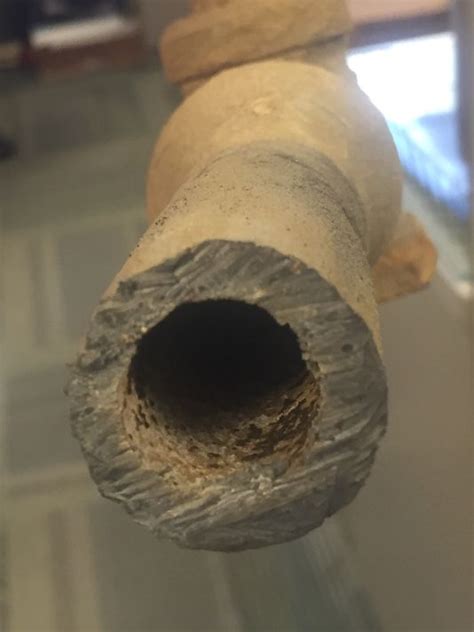President Trump’s Fiscal Year 2021 Budget provides $6.658 billion to support the U.S. Environmental Protection Agency’s (USEPA) mission of protecting human health and the environment.
Highlights of the Fiscal Year 2021 USEPA Budget include:
- Reducing Lead Exposure: $45 million to support the Lead Exposure Reduction Initiative, a cross-media effort to reduce lead exposure, particularly in children. Resources are requested to reduce childhood lead exposure and associated health impacts through the Federal Action Plan to Reduce Childhood Lead Exposure. The Plan details specific actions to target lead-based paint, lead in drinking water, and lead-contaminated soil, among other sources.
- Water Infrastructure Investments: $1.98 billion for the Clean Water and Drinking Water State Revolving Funds (SRF) and approximately $82 million to support America’s Water Infrastructure Act of 2018 (AWIA) programs. Additionally, $25 million is requested for the Water Infrastructure Finance and Innovation Act (WIFIA) program, which could potentially provide up to $2 billion in direct credit assistance, and when combined with other funding sources, could spur over an estimated $4 billion in total infrastructure investment.
- Per- and Polyfluoralkyl Substances (PFAS): $6 million to support the implementation of the PFAS Action Plan. Risk communication is one of the most important parts of the USEPA’s work with communities, stakeholders, and regulatory partners to build trust, often leading to better decisions. In FY 2021, USEPA intends to develop analytical methods, toxicity values, and additional treatment and remediation options to help States and communities address PFAS in drinking water.
- Reducing Harmful Algal Blooms (HABs): $22.4 million to address and reduce HABs that pose significant health or economic risks to communities. The program will provide data standards and geo-referencing expertise for USEPA research, predictive modeling and monitoring tools and analyses, and policy approaches to target and reduce nutrient pollution that causes HABs and impacts water quality across the country.
For more information on The President’s FY 2021 Budget, please click here.

